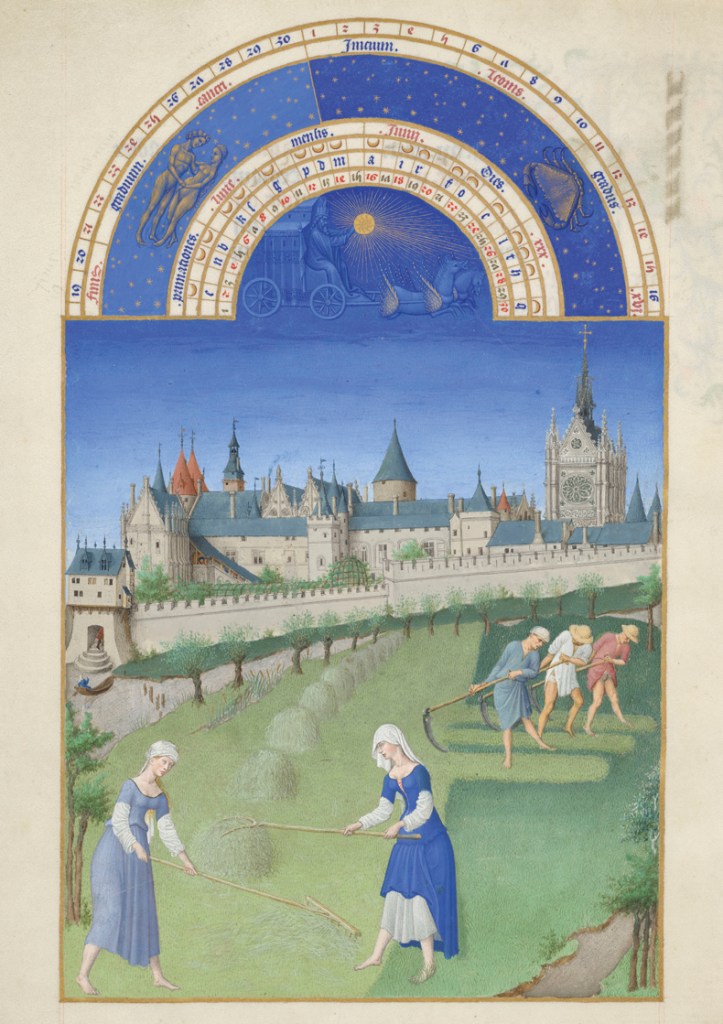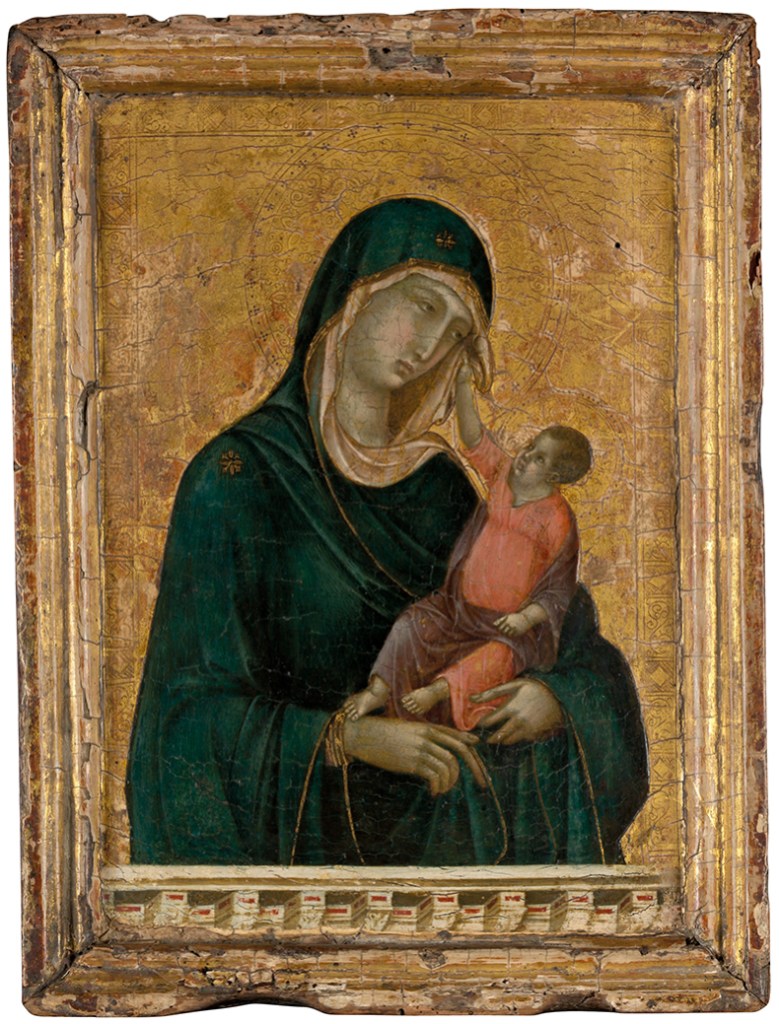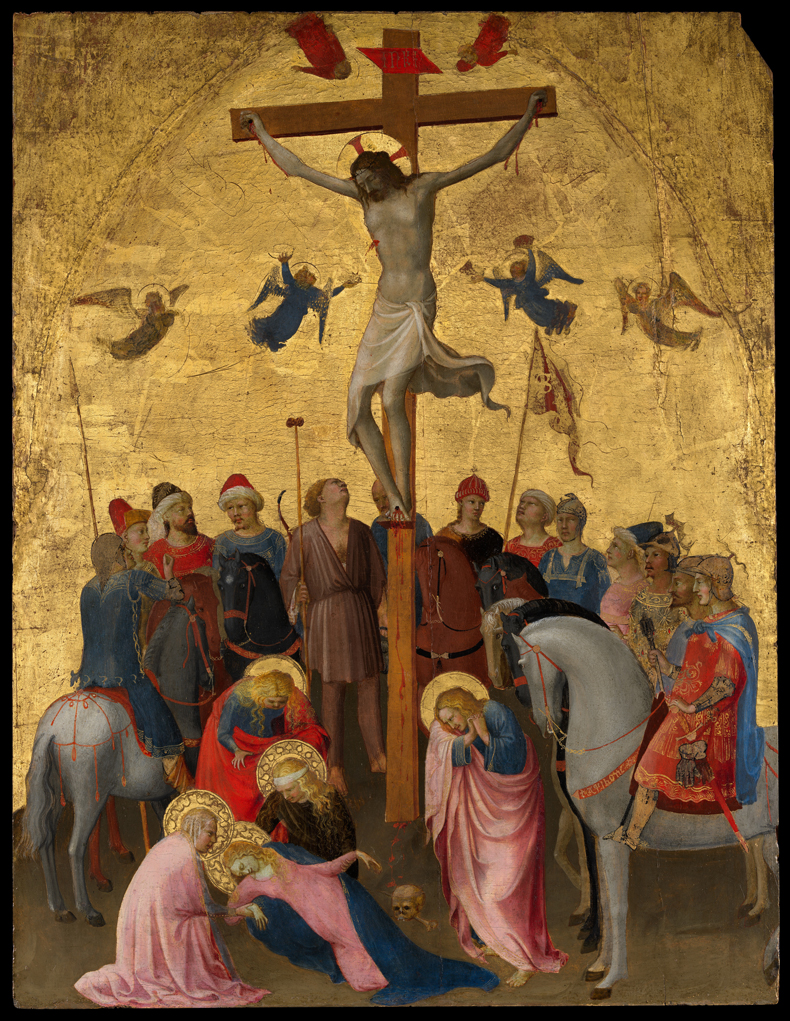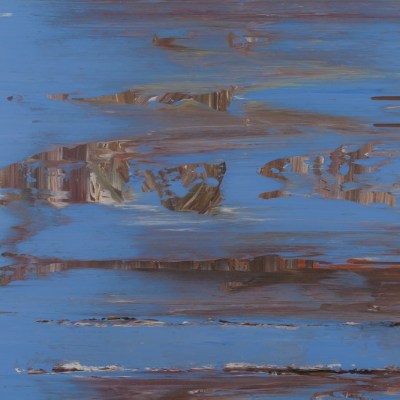
The Shortlist
Sèvres Extraordinaire! Sculpture from 1740 until Today
Bard Graduate Center, New York
10 September–16 November
Alongside the 18th-century masterpieces we associate with the Sèvres manufactory, this exhibition takes us into more unfamiliar territory: 19th- and 20th-century works, with contributions from Auguste Rodin, Ettore Sottsass and Louise Bourgeois. The Bard Graduate Center takes the opportunity to treat familiar pieces as a form of sculpture in the broadest sense – and pays a welcome attention to making. The catalogue will be a resource on Sèvres for years to come.

Les Très Riches Heures du Duc de Berry
Château de Chantilly
7 June–5 October
This most famous late medieval manuscript has been on show only twice in the last 80 years – even scholars rarely see it. Its restoration provides the opportunity to see the calendar pages of the first two quires unbound and the Limbourg brothers’ miniatures, with their marvellous details, up close. Also on display are all the books of hours known to have belonged to the manuscript’s owner, Jean, Duc de Berry, with sculptures, paintings and other artworks.

Sam Gilliam: Sewing Fields
Irish Museum of Modern Art (IMMA), Dublin
13 June–16 November 2026
Late in his career, Sam Gilliam took his Color Field experiments on to canvas, turning stained swatches of canvas into collages somewhere between painting and sculpture. IMMA shows Ireland’s important influence on Gilliam, and highlights the importance of sewing – in these paintings, almost a form of drawing. This small, focused show revealed yet another aspect of the artist’s inventiveness – and made the case for a full retrospective, which now feels more urgent.

Siena: The Rise of Painting, 1300–1350
Metropolitan Museum of Art, New York | National Gallery, London
13 October 2024–26 January | 8 March–22 June
This exhibition brought about several reunions, including eight panels from the back predella of Duccio’s altarpiece for Siena Cathedral and the four panels of Simone Martini’s Orsini Polyptych. A largely chronological narrative included thematic sections on trade and the exchange of influences with other European centres. Although painting was the star, ivories, textiles, sculptures, manuscripts and metalwork helped to give a full sense of a material culture often overshadowed by that of Florence.

Jack Whitten: The Messenger
Museum of Modern Art, New York
23 March–2 August
MoMA gave over a floor to some 180 paintings, sculptures and works on paper from Whitten’s long, restless career. The nature of what he called his ‘experiments’ kept changing – from messy, gestural abstraction to cooler, geometric forms. The show included paintings made with Whitten’s squeegee-like ‘developer’ and casts of objects, made using paint and then fixed to the wall, as well as collages made from tiles of acrylic paint. It cemented Whitten’s status as a great post-war abstractionist.

Fra Angelico
Palazzo Strozzi and Museo di San Marco, Florence
26 September–25 January 2026
A bumper year for exhibitions of Renaissance art continues with this show devoted to Fra Angelico. Although the painter has been the subject of recent shows at the Prado (2019) and Boston’s Isabella Stewart Gardner (2018), this exhibition in two venues is the most comprehensive in years, with some 140 works, including panels reunited from seven major altarpieces and, at the Museo di San Marco, a focus on illuminations for books.

The winner will be announced on 20 November.
The Shortlists | Artist of the Year | Museum Opening of the Year | Exhibition of the Year | Book of the Year | Acquisition of the Year



